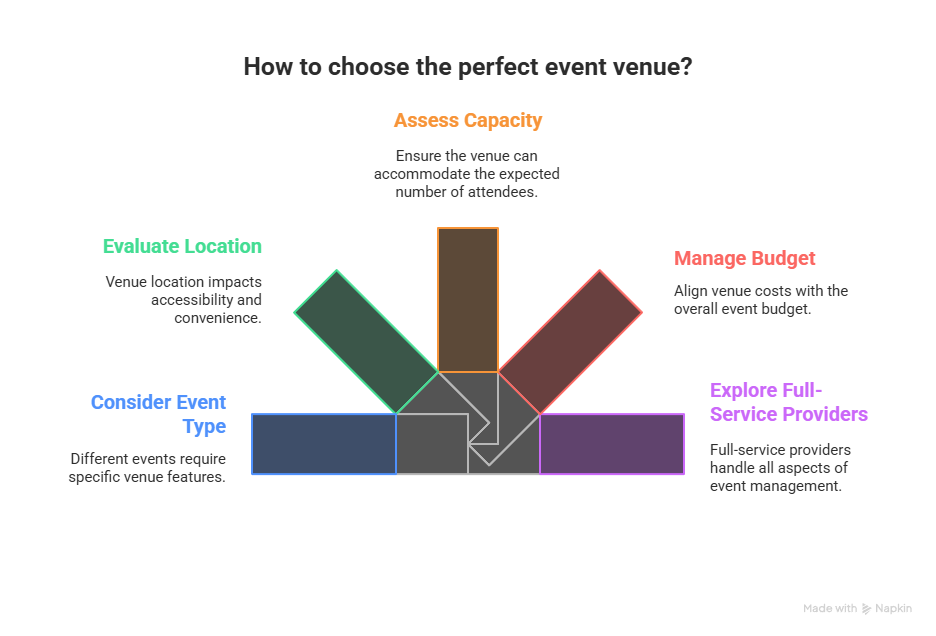A workplace injury can leave you overwhelmed, in pain, and unsure where to turn. When your health, income, and future are on the line, having the right legal representation makes all the difference. Workers Compensation Attorneys are trained to guide injured employees through the complex claims process and make sure they receive the full benefits the law provides.
What Do Workers Compensation Attorneys Do?
Workers compensation attorneys focus solely on helping injured employees get the benefits they’re legally entitled to. These legal professionals understand how state-specific workers’ compensation systems work and can handle everything from filing claims to fighting denied benefits.
They play a crucial role in:
- Filing initial claims accurately and on time
- Gathering medical evidence to support injury claims
- Representing injured workers at hearings or appeals
- Negotiating settlements or long-term benefit payouts
- Advising on return-to-work rights and restrictions
Whether your injury is minor or life-changing, a skilled attorney can help you avoid costly mistakes and protect your rights.
When to Contact a Workers Compensation Attorney
Not every workplace injury needs legal representation, but certain red flags indicate that it’s time to get help. Contact a Workers Compensation Attorney if:
- Your claim was denied or delayed
- You received inadequate medical treatment
- Your employer disputes your injury or how it occurred
- You were pressured to return to work too soon
- You believe you’re entitled to permanent disability benefits
- Your injury involved third-party negligence
If anything about your workers’ compensation process feels unfair or unclear, an attorney can evaluate your case and provide immediate guidance.
Types of Job-Related Injuries Covered
Workers compensation covers a wide range of injuries, from sudden accidents to conditions developed over time. Common types of cases handled by Workers Compensation Attorneys include:
- Back and neck injuries caused by lifting or falls
- Repetitive strain injuries such as carpal tunnel syndrome
- Slip and fall accidents in warehouses, offices, or construction sites
- Injuries from machinery or tools
- Burns, cuts, or chemical exposure
- Stress-related or psychological injuries due to workplace trauma
- Occupational illnesses linked to toxic exposure or poor working conditions
Every injury is unique, and a knowledgeable attorney will tailor their strategy to reflect your specific condition and how it has affected your life and ability to work.
How Attorneys Strengthen Your Claim
One of the biggest advantages of hiring Workers Compensation Attorneys is their ability to navigate legal and medical complexities that the average worker might not fully understand. Attorneys help by:
- Ensuring all deadlines are met and paperwork is accurate
- Connecting you with medical professionals for evaluations
- Collecting expert testimony and detailed documentation
- Handling all communications with insurance adjusters
- Appealing denied claims with solid legal arguments
- Fighting for additional compensation if your injury leads to permanent disability
With an attorney on your side, you don’t have to face insurance companies alone. Their goal is to make sure your recovery is not only physical but also financial.
Benefits You May Be Entitled To
Workers’ compensation laws are designed to provide financial relief and medical care to injured employees. Depending on your case, Workers Compensation Attorneys can help you pursue:
- Full coverage of medical treatment
- Wage replacement for lost time at work
- Temporary or permanent disability benefits
- Vocational rehabilitation or job retraining
- Lump-sum settlements for serious injuries
If your injury prevents you from returning to your job or any job in the future, attorneys will pursue long-term or lifetime benefits on your behalf.
Serving All Types of Workers
Workplace injuries can happen to anyone—on construction sites, in warehouses, hospitals, schools, factories, and even corporate offices. Experienced Workers Compensation Attorneys represent:
- Construction workers
- Nurses and healthcare staff
- Warehouse and logistics personnel
- Restaurant and retail employees
- Administrative and office workers
- Manufacturing and factory operators
- Public service and municipal workers
No matter your profession or how your injury happened, every worker deserves fair treatment and legal protection.
Protecting Your Future
A job-related injury doesn’t just affect today—it can impact your future earning ability, physical wellbeing, and peace of mind. Having a dedicated legal advocate ensures that you don’t walk this path alone. With trusted Workers Compensation Attorneys, you gain more than legal support—you gain a partner who understands your challenges and is ready to stand up for your rights.
